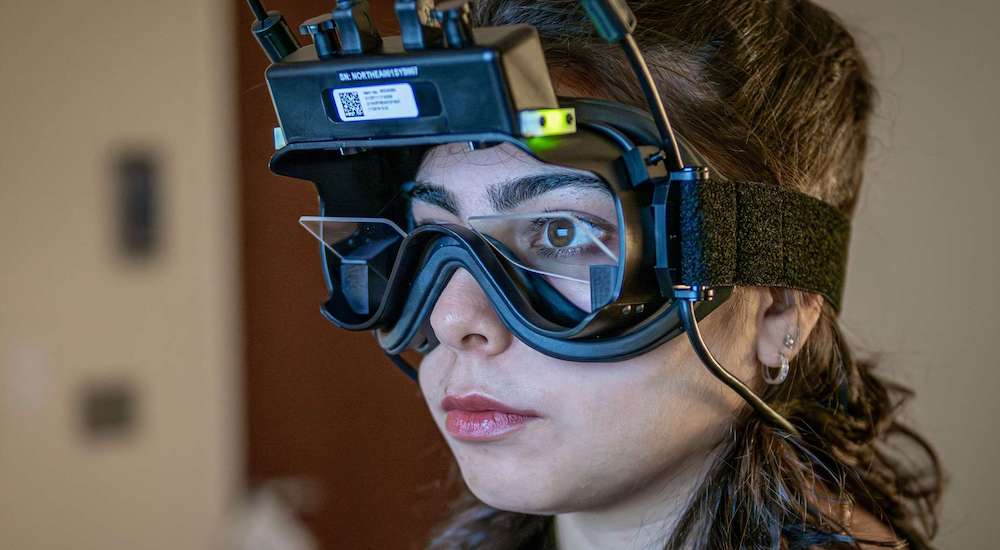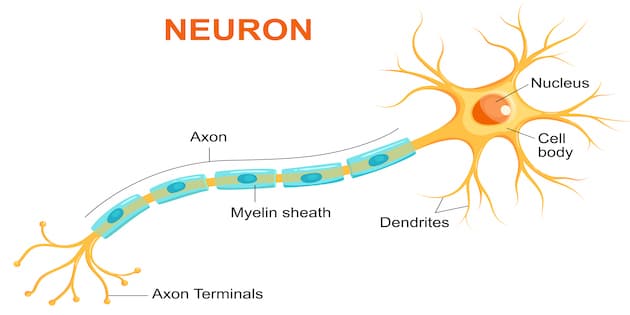Neurofeedback shows promising results in treating tinnitus
Tinnitus
A new study carried out at Wright State University in Fairborn, Ohio (USA) has shown that neurofeedback training may be able to reduce the severity of tinnitus or even eliminate the condition.

Researchers from the university, led by Matthew S. Sherwood, PhD research engineer and adjunct faculty in the Department of Biomedical, Industrial and Human Factors Engineering, used functional MRI (fMRI) to assess the technique.
In their work, the researchers looked at a novel potential way of treating tinnitus by having people carry out neurofeedback training to turn their focus away from the sounds in their ears. As tinnitus worsens, affected individuals focus more on it, leading to a vicious circle of stress and an even stronger focus on the noise.
Neurofeedback is a way of training the brain by allowing an individual to view some type of external indicator of brain activity and attempt to exert control over it. “The idea is that in people with tinnitus, there is an over-attention drawn to the auditory cortex, making it more active than in a healthy person,” Sherwood told the Radiological Society of North America, quoted in Science Daily. “Our hope is that tinnitus sufferers could use neurofeedback to divert attention away from their tinnitus and possibly make it go away.”
In all, 18 healthy volunteers with normal hearing underwent five fMRI neurofeedback training sessions as part of the study. They received white noise through earplugs and were able to view the activity in their primary auditory cortex as a bar on a screen. They were then asked to watch the bar during a specific period and actively attempt to lower it by decreasing primary auditory cortex activity. The researchers gave them techniques to help them do this, such as trying to divert attention from sound to the other senses, like touch and sight. Results showed that the auditory cortex activity decreased, and the signal measured also went down.
Source: Science Daily; Radiological Society of North America



